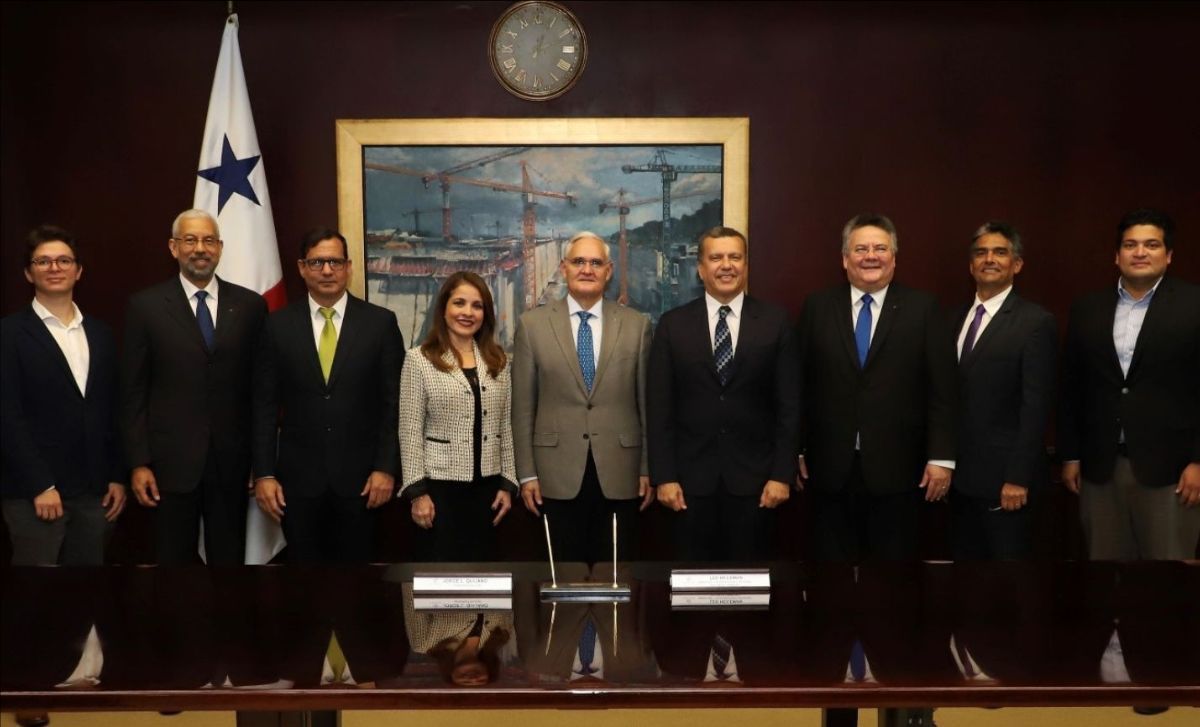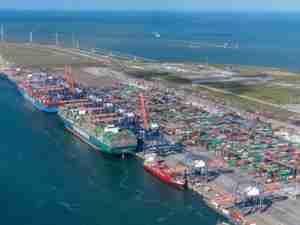- The Panama Canal, which connects the Pacific Ocean with the Caribbean Sea, will work alongside UN Environment to accelerate its sustainable environmental management efforts.
- Climate change threatens the water availability of the Panama Canal watershed, which nourishes more than half of the country’s population.
Panama City, Panama - The Panama Canal and UN Environment signed a cooperation agreement today to join efforts on sustainable development and combatting climate change.
Signed by the Administrator of the Panama Canal Jorge L. Quijano and the Regional of UN Environment in Latin America and the Caribbean Leo Heileman, the agreement includes the exchange of experiences and knowledge, the development of programs and research in areas of shared interest, and human resources training across both institutions.
The disruption of rainfall patterns due to climate change is one of the main threats to water levels in the watershed of the Canal, that sustains more than two million inhabitants, while producing energy and enabling the operation of the interoceanic route which serves approximately 2.5% of world trade.

“The Panama Canal is an engineering marvel that has helped the world become more interconnected and has accelerated progress by enabling the exchange of goods and knowledge,” said Heileman.
“We will work closely to protect the environment and promote climate change mitigation and adaptation programs that guarantee the water supply for the interoceanic route,” he added.
Administrator Quijano indicated that the Panama Canal maintains a policy that complies with the best environmental practices by minimizing their impact on the waterway operations and ensuring a rational and sustainable use of natural resources with emphasis on water.
“In pursuit of environmental sustainability, we have invested vast resources and time over the last decade to ensure our operations are cleaner and produce less emissions so we can minimize our impact on global warming”, Quijano mentioned.
The arrangement includes cooperation efforts between both organizations in areas such as the creation and management of environmental economic incentives, integrated watershed management, water availability, air quality, renewable energy, energy efficiency and electric mobility, among others.
By constitutional mandate, the Panama Canal is responsible for the management, maintenance, use and conservation of the water resources of the watershed, which includes the water in the lakes and tributaries.
To guarantee water availability and quality, the Panama Canal works closely with communities on sustainability projects in the Colon and Panama Provinces. These efforts include reforestation initiatives and the Environmental Economic Incentives Program (PIEA).
The waterway also promotes a rewards program for ships that meet the highest standards of environmental performance and promote the reduction of greenhouse gas (GHG) emissions in maritime transport.










